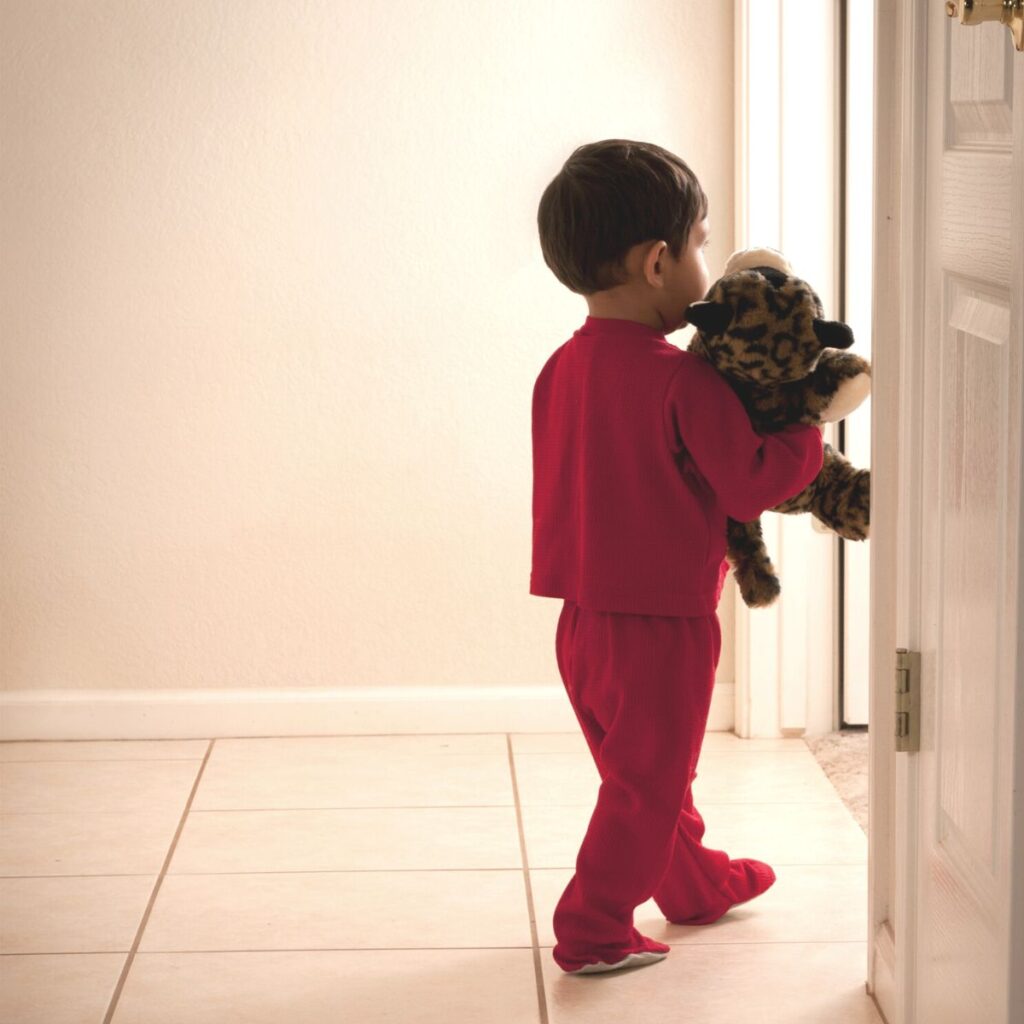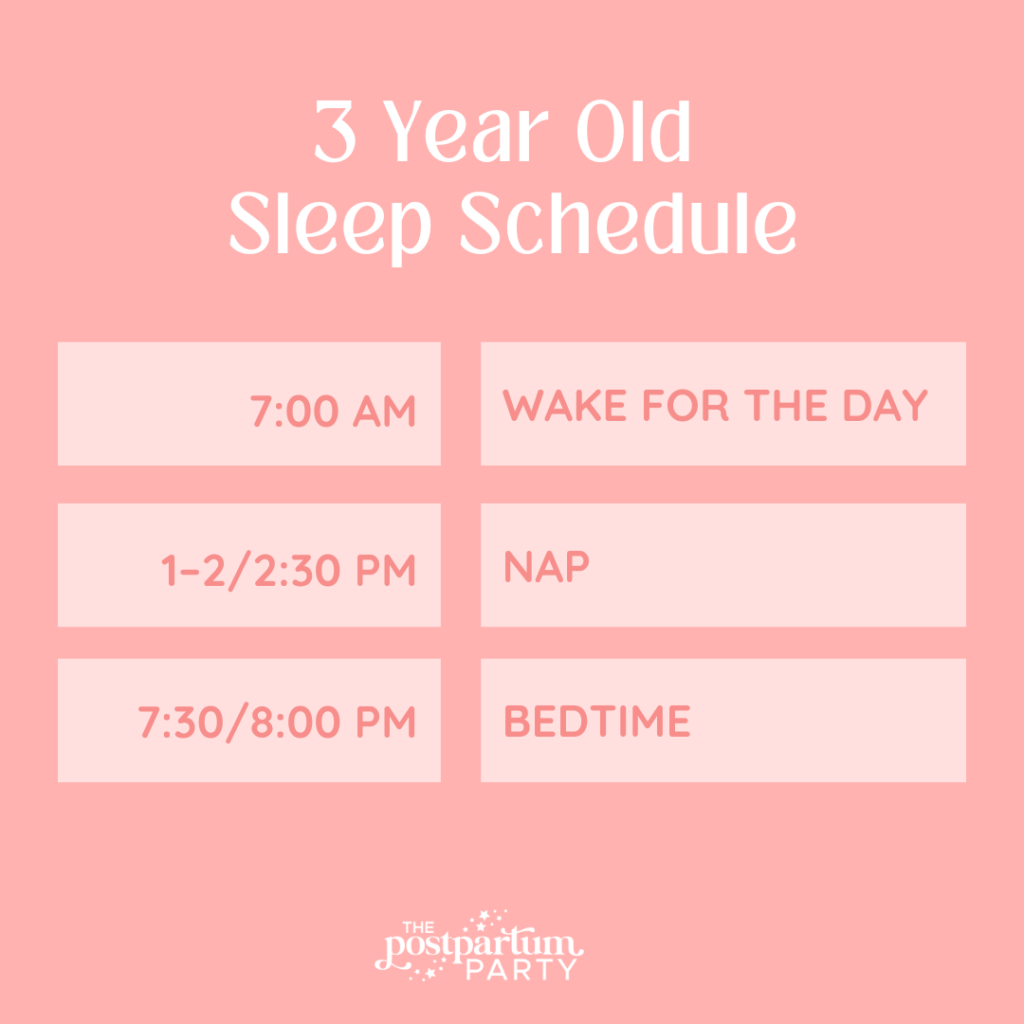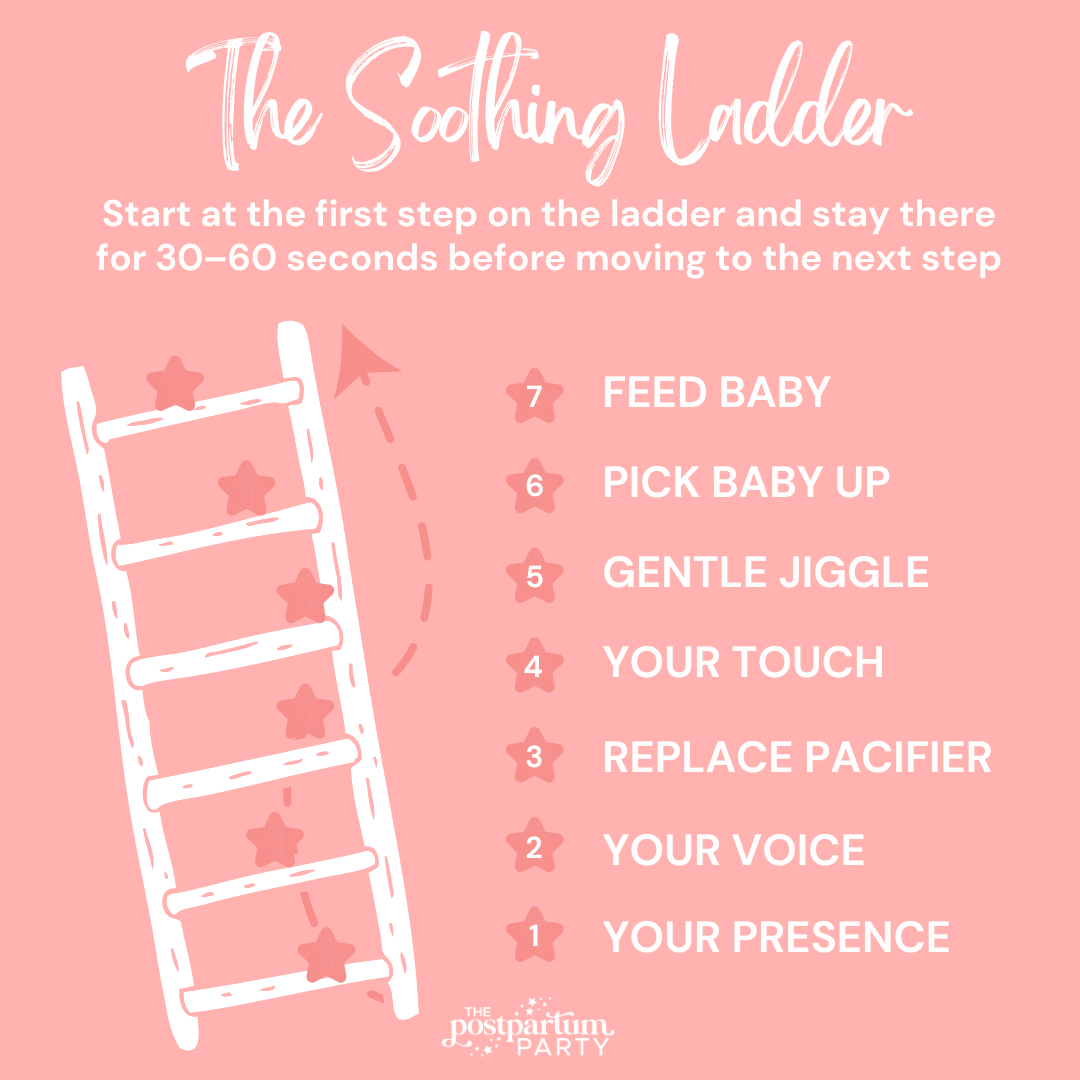Are you wondering how to keep your toddler in bed instead of getting out over and over? Here’s three tips how to keep your toddler in bed and ending the cycle.

I’ve shared before how we experienced a 3 year old sleep regression and. a 4 year old sleep regression with our daughter.
It’s very humbling to be Pediatric Sleep Consultant and have sleep struggles with your own child.
I hope you know how common it can be to struggle with sleep in the toddler years.
If your toddler is sleeping in a toddler bed, chances are you have had this experience: you put your toddler to bed and they get out over and over and over and over. It can be exhausting and frustrating.
Been there. Done that.
If you are currently dealing with this struggle, keep reading!
If your toddler is sleeping in a crib, I encourage you to wait to make the transition to toddler bed until it becomes absolutely necessary. The older your toddler is, the smoother the transition tends to be.
If your toddler is already in a toddler bed, here are three tips than can help keep your toddler in their bed all night long.
Want a way to incentivize your toddler or preschooler to stay in their bed all night long? Download my free reward chart to help your toddler stay motivated. Get the free chart here
What to Do if Your Toddler Keeps Getting Out of Bed?
1. Check their Sleep Schedule
If your toddler is getting out of bed, the first thing is to check their sleep schedule.
For example, a 3 year old sleep schedule for a child who still takes a nap typically works best with between 5-6 hours of awake time in between naptime and bedtime. For toddlers who no longer nap nap, bedtime is usually best at the time that allows 10-12 hours of sleep at night.

So, if your toddler wakes up from nap at 3:00 pm and bedtime is at 7:00 pm and your toddler has a hard time settling and staying in bed, your toddler may simply not be tired enough.
On the other hand, if bedtime is too late, your child may have difficulty staying in bed and falling asleep.
An example of this would be a toddler who wakes at 6 a.m. and goes to bed at 8:30 p.m.. That only allows for 9.5 hours of sleep at night, and could mean your child has passed their sleepy window, giving them a second wave of tired energy by the time bedtime rolls around.
Sometimes a simple schedule tweak and moving bedtime a little earlier or later can make a huge difference.
On that note, bedtime becoming a struggle can indicate your toddler is ready to drop their nap. If you are wondering when do kids stop napping, it is generally between 2-4 years old.
(Quick aside: if the idea of dropping the nap terrifies you, turn nap time into quiet time.)
After you check your toddler’s sleep schedule, decide if your want your toddler to stay in their bed or simply stay in their room.
Some toddlers will fall asleep on their floor for a few nights and then realize their bed is much more comfortable.
If your toddler is getting out of bed but staying in their room, tweaking their schedule to make sure bedtime is at an optimal time may be all you need to do.
But what if their schedule is on track and your toddler keeps leaving their room?
2. Use an Okay to Wake Clock
Boundaries can be difficult for young toddlers to grasp. If your toddler is waking up too early in the morning, an okay to wake clock can help.
An okay to wake clock, like the Hatch Rest or Rest Plus provides a visual cue of when it’s bedtime and when it’s morning.
Use the red light and reiterate to your toddler that “red means bed.” When the color changes in the morning, that can be their cue to come out for the day.
It can help to role play this with your child during the day before establishing this as part of their bedtime routine. Take turns watching the Hatch and then leaving the room once the color changes.
Make sure to use lots of positive reinforcement if and when your child stays in bed all night.
3. Use a Sleep Training Technique
If your child is still getting out of bed, it’s time to reinforce the boundaries and really be clear with the expectations.
There are a few different sleep training methods you can use to help your toddler learn to stay in their bed at bedtime.
For toddler sleep training, The Chair Method is where you sit in your child’s room with them at bedtime, and slowly but surely move further away and eventually out of the room over several nights.
This can really help them get comfortable falling asleep with minimal assistance in their bed.
Another great sleep training method for toddlers is when you proactively check on them every few minutes, with the goal being to check on them before they get out of bed.
This gives them reassurance that they can relax in their sleep space, knowing mom or dad will continue to check on them.
Is It Okay to Lock your Toddler in their Room at Night?
If your toddler frequently gets out of bed after bedtime, you have probably wondered if it is okay to lock your toddler in their room at night. You aren’t the only one who has had this thought.
There are a couple things to keep in mind:
Fire Safety
Safety experts recommend not locking a door as it could prevent escape in the case of a fire.
Child Safety
Even in a well childproofed home, you don’t want to have your toddler potentially wandering the house unsupervised while you sleep.
A baby gate is one way to keep your toddler safely in their room at night. Another option is to use door knob covers.
But, if you have a potty trained toddler and a hall bathroom, it is not ideal to have a physical barrier keeping them from leaving their room to access the bathroom.
Some parents handle this by putting a small potty in their toddler’s bedroom. However, that also comes with its downsides; like the inability to wash hands and leaving a full potty within the reach of a toddler.
Another problem with baby gates is that many toddlers learn how to climb over them or how to open them.
What if my Toddler Keeps Getting Out of Bed?
If you’re still struggling with your toddler getting out of bed, you can try the Supernanny method.
To do this, each time your toddler gets out of bed, you calmly walk them back to bed without saying anything. This makes it so your toddler isn’t getting any positive or negative reinforcement for getting out of bed and they tire of the dance.
Some toddlers also do great with a bedtime pass that they can use to redeem one time each night for a quick trip out of their room.
At your wit’s end with your child getting out of bed?
The Big Bed Blues course walks you through the process of getting your child to sleep in their own bed for 10–12 hours every night. End the power struggles and sleepless nights once and for all with the Big Bed Blues Course.
For more help on toddler and preschooler sleep and more details on those methods, check out the Big Bed Blues.
- Practical Tips if your Toddler is Going Through A 3-Year Old Sleep Regression - April 26, 2024
- Baby Led Weaning vs Purees — Which Should I Choose? - April 25, 2024
- 10 Adorable Letter Board Pregnancy Announcements - April 25, 2024







